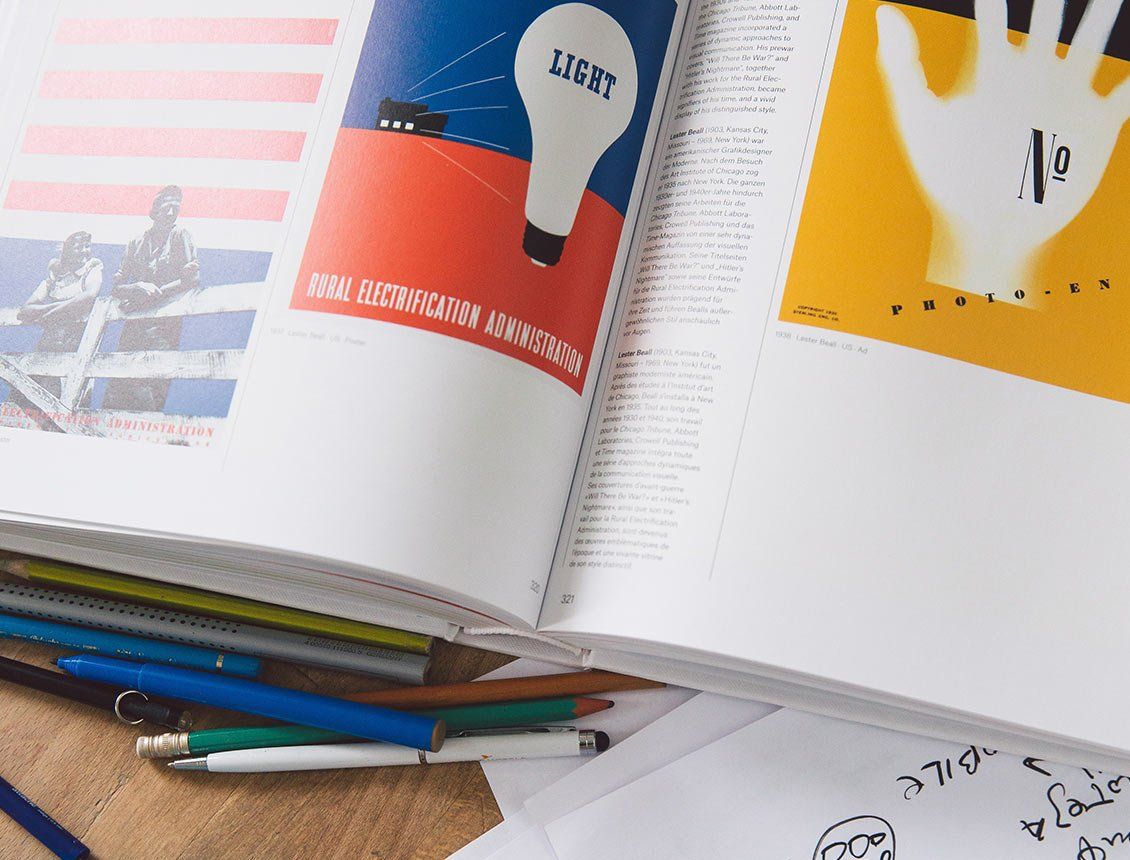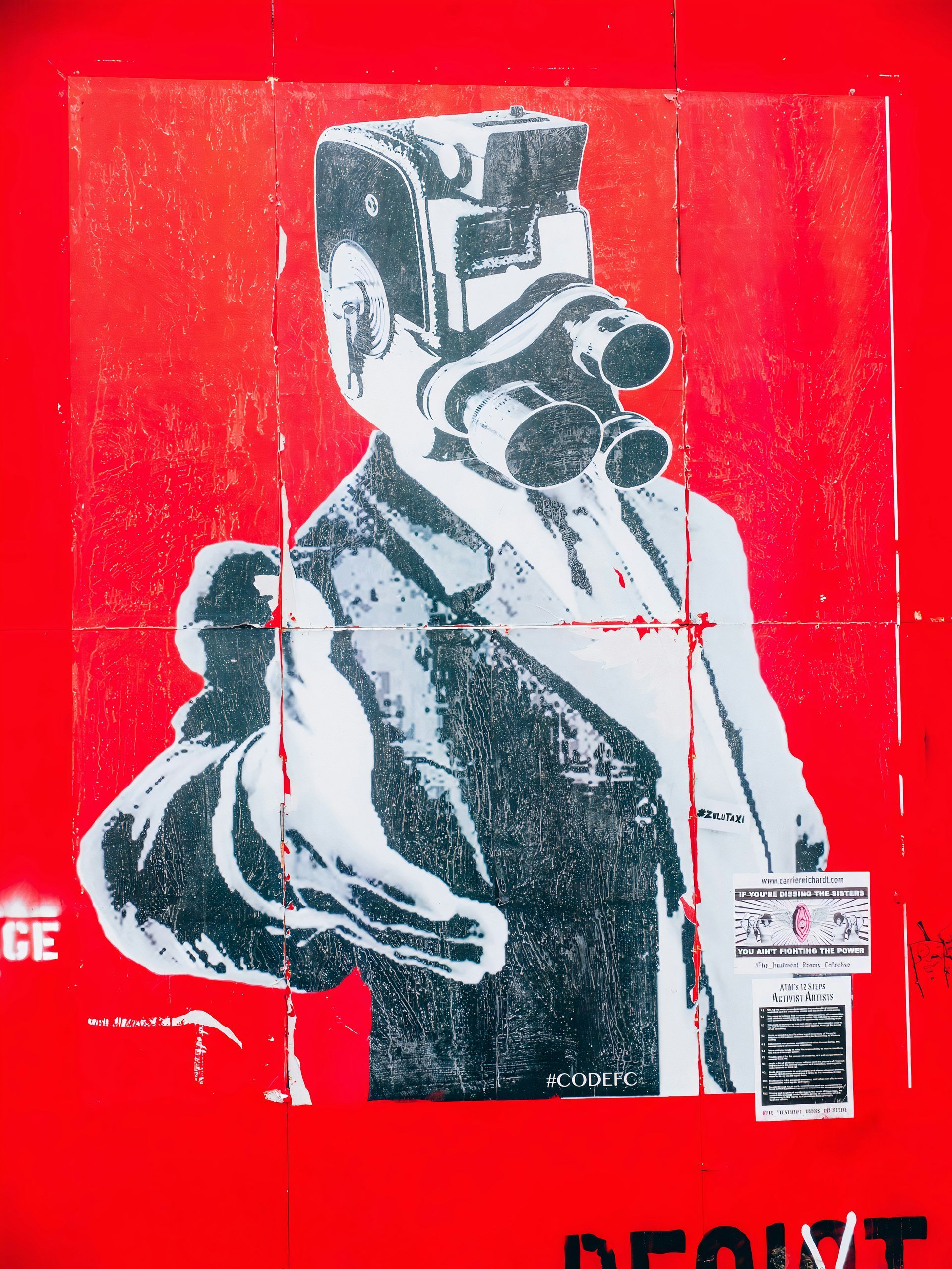Tips for Creating a Branding Kit
Spin Creative • May 17, 2021
Your brand’s visual elements play a key role in brand recall. That’s why they need to be consistent across every marketing channel you use. A branding kit can ensure this happens.

When customers think of their favorite brands, they might remember a logo or a signature color. But beyond this, there are a host of visual elements your brand can use to create a cohesive look, from fonts to color palettes. Ensuring all of these elements are consistent
helps you stay on brand and promote brand recognition across all platforms. A branding kit helps your team maintain your brand identity, even as your company evolves.
What is a branding kit?
A branding kit (not to be confused with a brand style guide) is a collection of all the visual elements your brand uses and the rules surrounding them. Most companies compile this branding kit in a single document or visual aid that clearly outlines each approved element. These kits also typically outline what not to use, particularly when it comes to variations of logos or outdated style choices.
By keeping your brand’s visual elements in one place, you help ensure that every marketing channel you use matches your brand identity. This reduces confusion and builds trust and familiarity among customers. However, branding kits also help your team. It’s much easier to keep your brand identity consistent when your marketing team or creative partners have a single document to reference.
Building a comprehensive branding kit
It doesn’t take much to build a branding kit. To begin, you should identify the key elements of your visual brand identity and the roles they play across your standard marketing designs.
• Logos:
As one of the key pieces of your brand identity, your logo
deserves a section in your branding kit. Outline how you want your logo to appear—what colors it should and should not feature, what backgrounds it can be used on, the orientation of the logo, etc. Also outline whether there are any suitable logo variations (for example, a logo and company name versus just the logo or an element from it) and where those can be used.
• Color palettes:
Many brands have a signature color but use a collection of complementary colors in advertisements and graphics. Compile these colors into one or more color palettes and outline what each color or palette
should be used for.
• Typefaces and fonts:
Typefaces and fonts go a long way in describing your brand’s voice and aesthetic. Your branding kit should detail which typefaces should and should not be associated with your brand as well as which fonts are appropriate. Part of this section should include details about typefaces/fonts for certain messages, such as headlines versus body copy.
• Other images or designs:
If your brand has other visual elements like shapes or images you use frequently, these should also be included in your branding kit. Outline which images are acceptable and the situations they can and cannot be used in.
By distributing this branding kit amongst your team and creative partners (with the ability to download the elements), you’ll prevent your marketing messages from going off-brand. Of course, as your brand evolves, you’ll want to make sure your branding kit evolves with it. Any changes to logos or design elements should be reflected in the kit, making it a living document that’s always up to date.
In order for companies to make a cohesive branding kit, they must first identify their most important visual elements and craft a cohesive brand identity. Spin Creative can help! Say hello
to start building your brand.
About Us
Spin Creative is a video production company and creative agency helping marketers create winning video and creative strategies that engage, inspire and activate targeted audiences. Spin is headquartered in Seattle with offices in San Francisco and London, serving brands around the globe.




